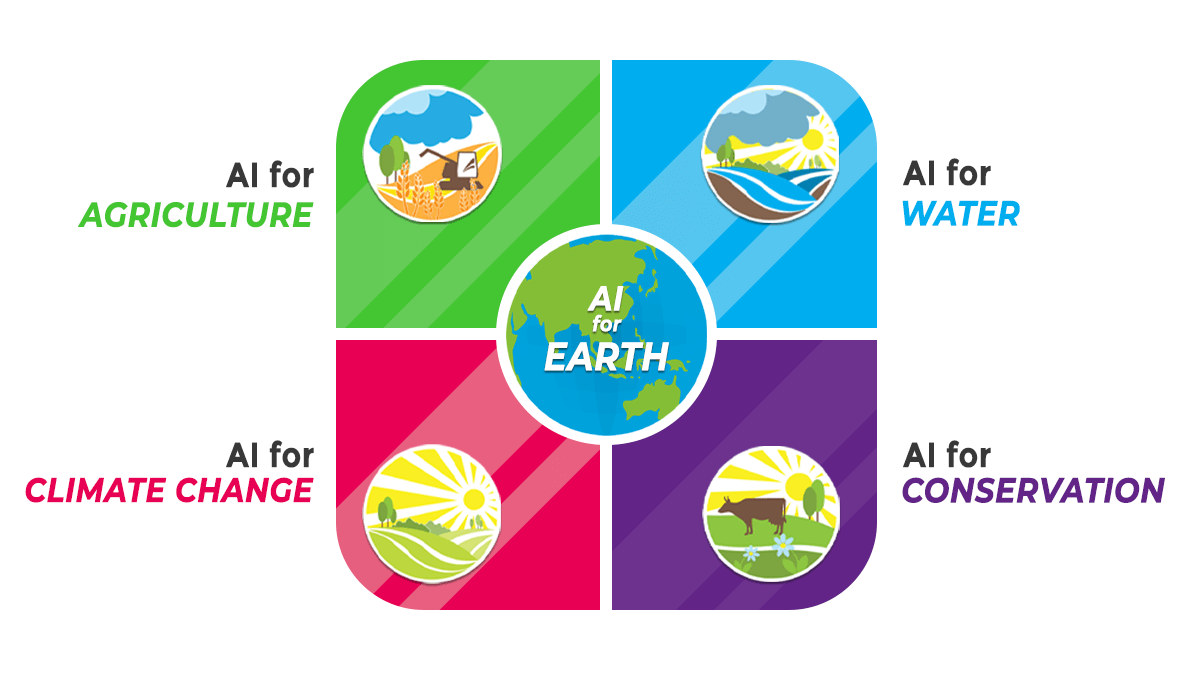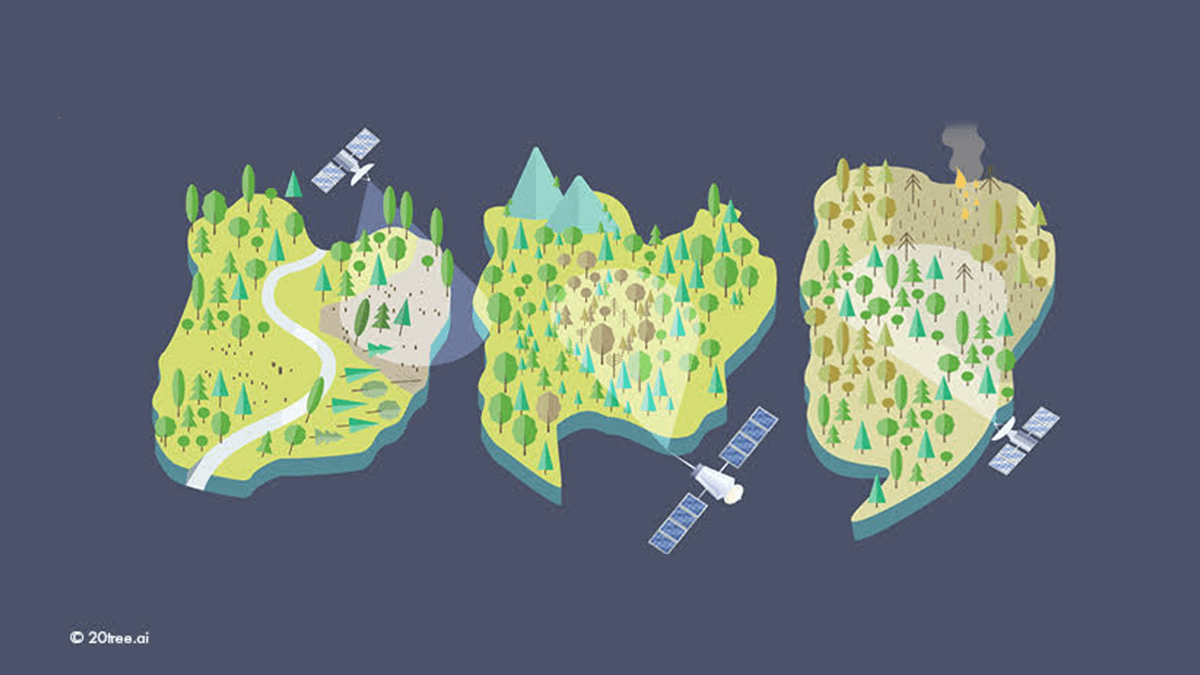Credit: Getty Images
Artificial intelligence (AI) is a powerful and cutting-edge technology that is being used to address and resolve global problems. Leverage of AI and machine learning is taken to minimize the impact of human activities on our planet’s ecosystems. Scientists are using the concepts of machine learning to observe, model, and administer natural resources. AI techniques are supporting researchers by facilitating a scalable way to collect and process planetary data.
AI for Earth is a program powered by Microsoft to unravel natural world challenges. AI for Earth project combines Microsoft cloud software with AI tools to promote the sustainable development of the Earth. Microsoft is awarding grants to projects and equipping teams with AI for Earth’s technical resources to meet the challenges of the future as a global community.
Some serious global environmental issues are:
- Global warming
- Pollution and Ozone depletion
- Deforestation
- Damage to water bodies
- Loss of biodiversity
- Exhaustion of natural resources
Challenges faced by Researchers:
- Biggest data challenge
- Biggest algorithmic challenge
- Computing challenge
How AI helps in solving global challenges?
AI has become prominent as a functional tool in many Earth science domains. AI could prove to be very helpful to rescue Earth. Various AI uses can be mapped to following domains of Earth:
- AI for Climate Change
- AI for Conservation
- AI for Agriculture
- AI for Water

1-AI for Climate Change:
The environmental impacts of global warming are wide and threatening. The absolute consequences of climate change include increased earth surface temperature, rising sea levels, melting glaciers, and greater precipitation. AI is helping researchers in understanding the present state of things, predict future weather calamities, and creating a healthy earth atmosphere. Some AI for Earth applications are as follows:
- Climate study by collecting planetary data: AI-powered machines can analyze and monitor a huge amount of data from around the globe to measure and monitors forests. Terrafuse is building AI models to forecast climate-related risk.
- Reducing air pollution: One example of this is the Green Horizon Project from IBM which monitors data and suggests pollution-reducing tactics.
- Emission of CO2: Microsoft is working on an ambitious plan to develop an AI based technology for reducing CO2 from the atmosphere.
2-AI for Conservation:
The practice of Artificial intelligence offer helps to stop the permanent destruction of plants and animals, and the protection of natural resources. Some AI for Earth applications are as follows:
- AI for plant preservation: AI-based networking platform developed by the California Academy of Sciences and National Geographic Society, which helps in worldwide data collection, discovery and safety of various plant species in real-time.
- Recording endangered species with AI: Katharina Schmidt is using AI to find a solution to the global colony termination of bees
- Prevent illegal animal hunting: AI-based practice has helped in preventing the extinction of African elephants. NatureServe’s Map of Biodiversity Importance (MoBI) is using AI to find the places significant for saving at-risk species
- Natural resource conservation: Google is leveraging Deep Mind’s machine learning capabilities to lower energy usage by 40% to cool its data center. National Geographic Explorer Topher White has created a monitoring device to save the rain forest, which can detect illegal logging activity.

Credit: Detecting forest threats with Artificial Intelligence
3-AI for Agriculture:
AI augments human knowledge for helping farmers grow a brighter future for us all. It’s the intelligent edge, powered by ML and the intelligent cloud empowering farmers at all levels to know exactly where, when, and how to plant and nurture their crops. It helps to make farms more productive.
Low-cost sensors that take the pulse of the soil in real-time: One example is Plantix, developed by PEAT. Blue River Technology has created a robot named See & Spray for weed control.

Credit: images
- Affordable drones that create detailed visual heat maps, identifying the areas of the farm that need attention
- Monitor livestock health, movements, and food supplies.
- Maximizing yield while minimizing expense and environmental impact
4-AI for Water:
Artificial intelligence is assisting in securing water for the future. Water conservation is required to fulfill the present and future human demand. Some AI for Earth applications are as follows:
- Examining drinking water stocks: One example is Clean Water AI, a device to monitor water quality using AI.
- Prediction of drought and floods
- Establishing a relationship between forest protection and water reserves.
- AI-based water scheduling or leak detection systems in cities.
It’s time to rethink how we can conserve Earth. How we can all do better? What can be done with existing technology? We need students to develop more innovative AI-based solutions.

